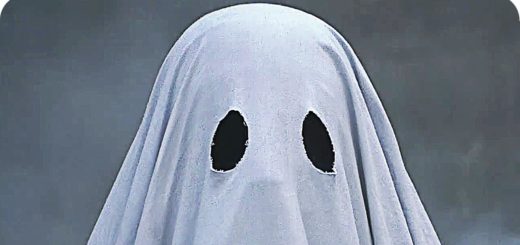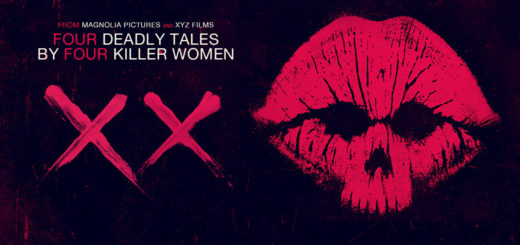THE WITCH Review
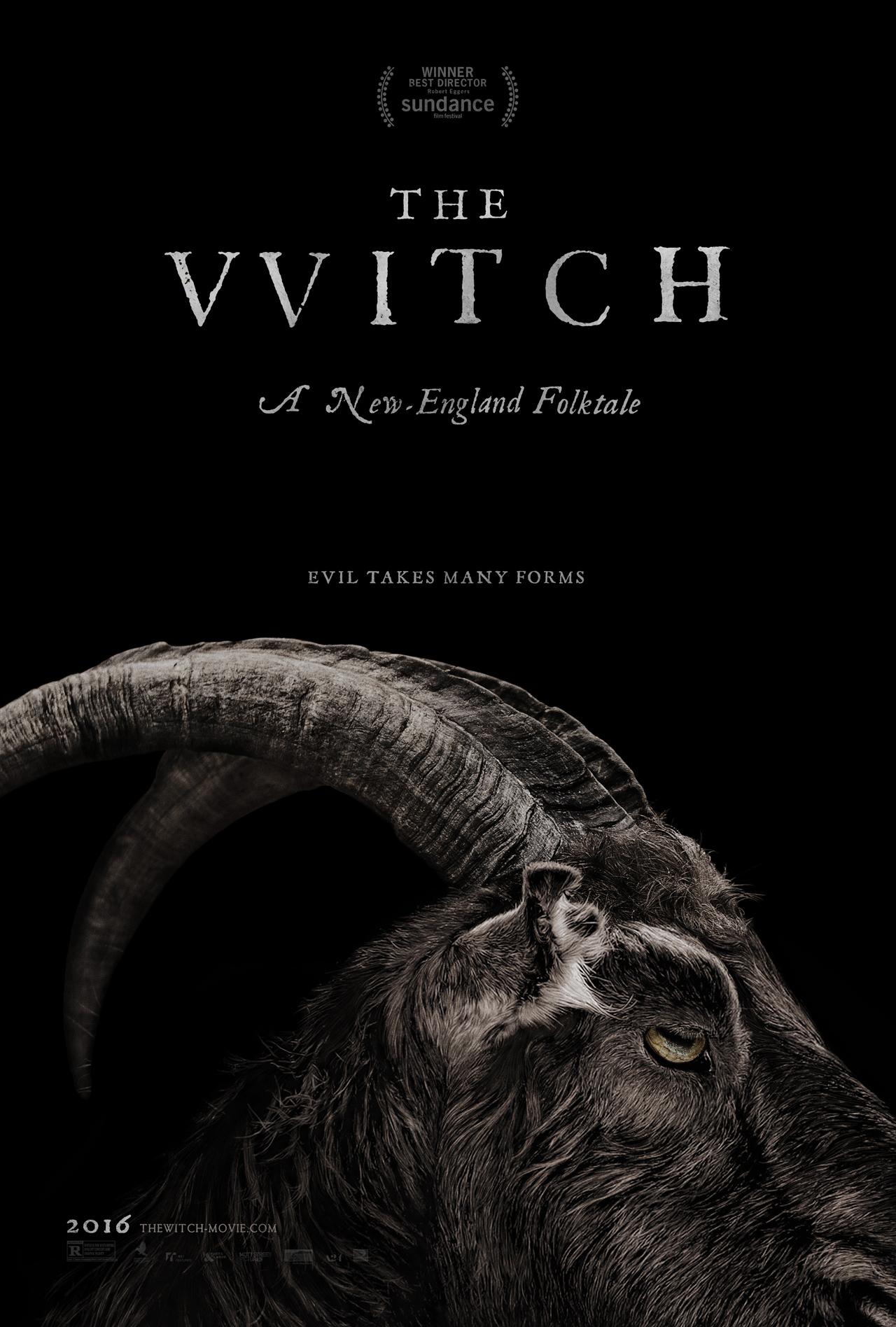
Director: Robert Eggers
Genre: Horror
Release: 2016
Last time Stephen King pronounced that he was terrified while watching something, it was in response to Del Toro’s CRIMSON PEAK. That also happens to be where the similarities between that film and THE WITCH end, because unlike Del Toro’s ambitious but flawed foray into period horror, THE WITCH is a modern masterpiece. Not only the most daring challenge of horror form since Friedkin’s THE EXORCIST, but an unfiltered directorial vision of epic yet carefully restrained magnitude, resulting in what is without a shadow of a doubt one of the few true debuts that can accurately be labelled as a contemporary American classic.
Now saying all that is sure to get readers all giddy about the new “scariest film on the block,” but stop right there. This is exactly what is wrong with modern horror audiences, especially outside of the niche cinephile circles that allow for these films to even make it to a wide release. This became abundantly clear when the credits rolled and a woman in the theatre exclaimed “that was a snore-fest, wasn’t even scary” as loud as she could. THE WITCH doesn’t want to scare its viewer with cheap tricks, fake outs, and jump scares; it wants to capture the nightmares of people that no longer exist, and thus is not concerned with the trappings that currently scare contemporary audiences. Instead, it seeks to reinvent itself, delving into theme over plot or spectacle.
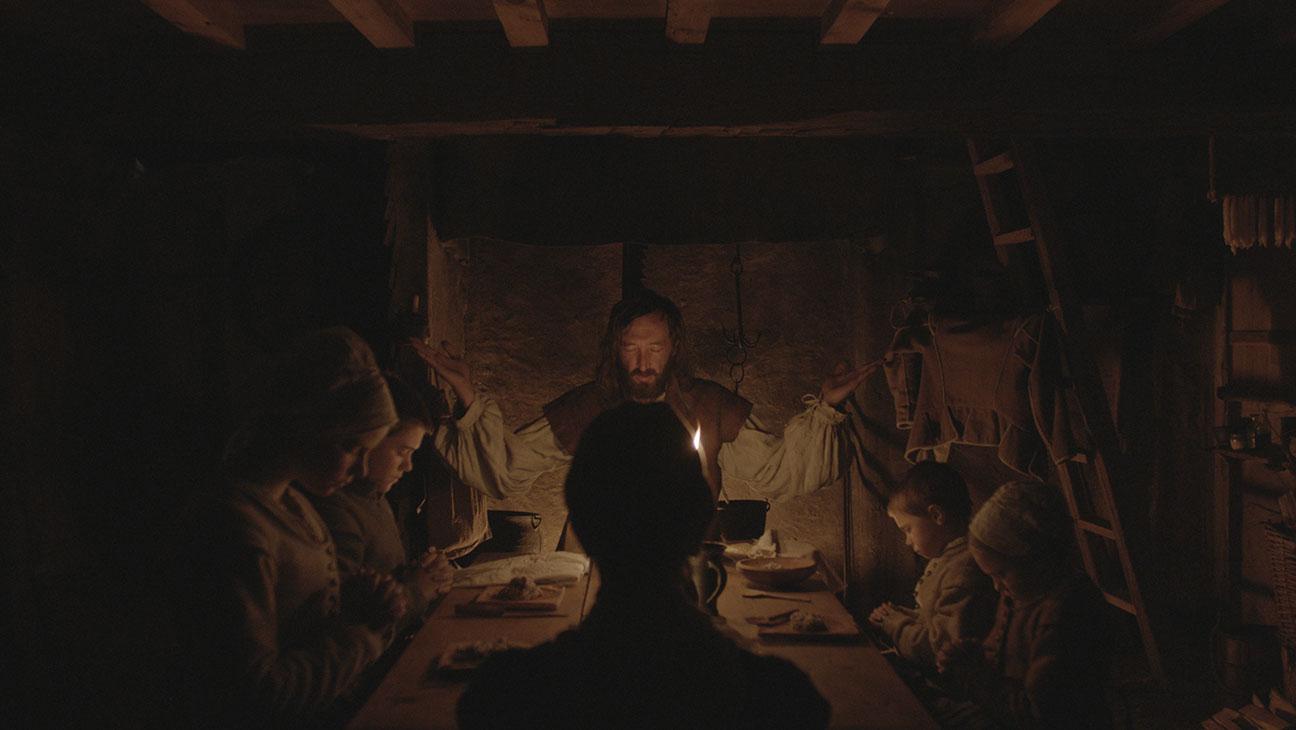
Meanwhile, just outside of Park City…
If the title is anything to go by, THE WITCH isn’t even really a film about a witch, but rather it’s aptly misspelled THE VVITCH. One is quick to write off this title as a purely stylistic decision, but once exiting the theatre, one would be remiss to ignore the fact that the title is a very clear indicator of director Robert Eggers intent as storyteller. Is THE WITCH a horror film? Sure, but only inasmuch that it is a portrait of unease. It’s a film about accusations, hypocrisy, and self destruction in a community that’s in such a symbiotic relationship with Christianity that it wears horse blinders, keeping everyone just shy of the truth.
The most telling signal of this fact is that THE WITCH is best compared to Haneke’s THE WHITE RIBBON, a grim morality tale that thrives off of its dramatic irony. In the same vein as Haneke’s film, THE WITCH capitalizes on its period setting, goes straight for the jugular in its inciting incident, and spends the vast amount of its first, second, and third acts illustrating the monotony of imminence. By the end of the first act, viewers are heavily tuned into where Eggers is taking his story, and in a brave subversion of horror technicality his film doesn’t succeed on any element of surprise, but a growing hopelessness that leaves the viewer brutally detached from the action.
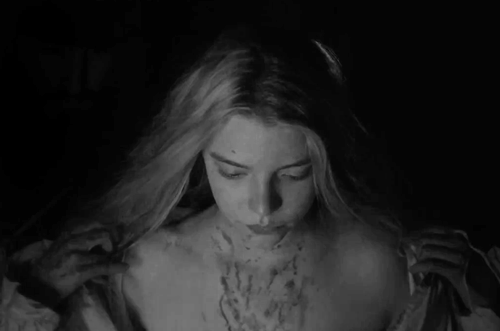
Givin’ Danaerys a run for her money
The use of Anya-Taylor Joy as a protagonist is to seamlessly telegraph the film’s intent. Misunderstandings and crying wolf allow for the film to tap into the believable reconstruction of how New England folk tales about witchcraft may have even come to be in the first place, as well as commenting on the responsibilities of parenting, all whilst never losing sight of its horror film foundation. The brilliance of Egger’s work is never in how he tries to scare his viewer, but rather in how effectively he communicates the brooding sense of religious fanaticism that consumes the lives of his protagonists.
In an all-star performance as a father who has failed to provide for his family in the harsh wilderness, Ralph Ineson is not only emasculated through his inability to function as patriarch, but his voice consistently keeps him just shy of being the dominant figure in a scene. Never before has the timbre of a man’s vocal chords so effortlessly communicated stern love, both raw enough to appear daunting to a child but never loud enough to truly terrify the audience. Consequently, the entire experience is like being told a campfire tale; part folklore, part Brothers Grimm morality play. Death emanates through the celluloid, but not in a loud, drive-in movie type of way, but rather in a slow-burning exploration of land and soundscapes, all perfectly tuned through the individual performances of its fantastic stars.
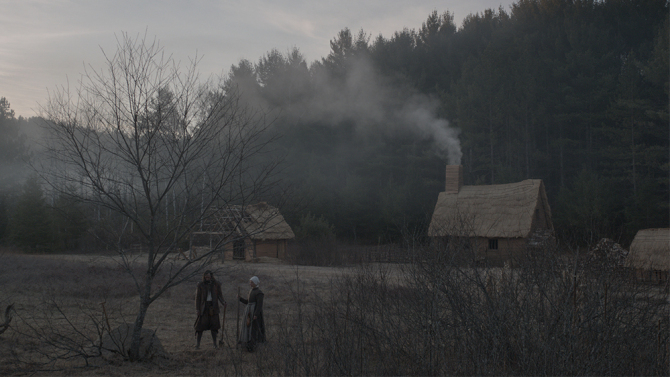
“Well, honey, at least we got a room with a view”
Perhaps what drives home THE WITCH’s success is the context of modern horror that it has been released in. It isn’t a film that should be compared to peers in its genre, but other heavy domestic tragedies that serve to play as commentaries on religion and childrearing. The fact that the film shouldn’t be viewed through the traditional lens of horror filmmaking is consequently a testament to its overall quality. In an era where indie horror and low budget Blumhouse releases litter much of the marketplace, THE WITCH is a daring return to form for a genre that has become progressively more lo-fi. And yet, what’s brilliant is that despite its precise camerawork, eerie soundtrack, and all-around gorgeous aesthetic, THE WITCH is still just a one million dollar production, intelligently limiting itself to a single farm and a daunting forest that swallows its characters whole. Where most horror successes tend to not live completely up to their hype, (most notably IT FOLLOWS and THE BABADOOK) THE WITCH understands the virtues of mounting terror and leaving the plot simple in order to focus on theme.
Verdict: Recommend

